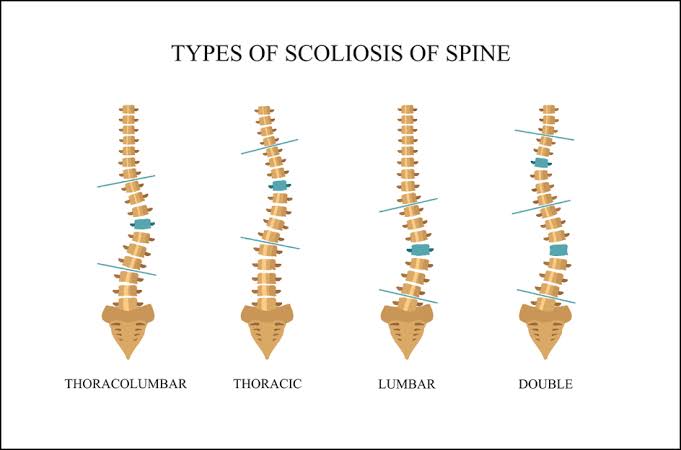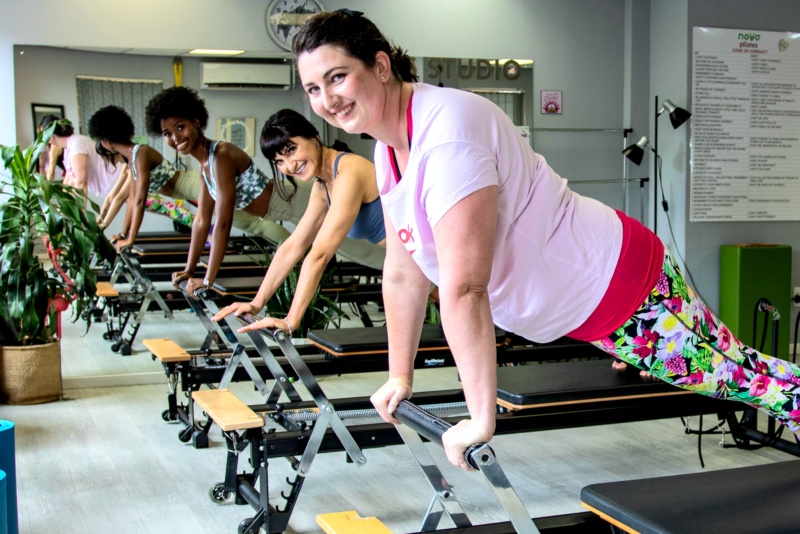Scoliosis manifests as a lateral curved spine, often resembling an ‘S’ or ‘C’ curve, accompanied by vertebrae rotation that affects posture. This condition can pull the spine, hips, pelvis, and shoulders out of alignment, causing significant pain.
In scoliosis, the muscles on one side of the spine are tense and taut, while on the other side, they are lax and underdeveloped. Both aspects require correction. Low-impact exercises are recommended, as excessive pressure on the spine can exacerbate the condition. Gentle exercises like Pilates are ideal for strengthening the back.
Scoliosis can hinder spinal movement, leading to restricted range of motion and stiffness. Pilates, through slow and deliberate motions, enhances spinal flexibility. These movements lengthen the spine, encouraging vertebrae relaxation and separation. Improved spinal mobility allows for more comfortable movement with reduced pain.
Chronic pain and discomfort are common in scoliosis, making Pilates an effective approach. Pilates focuses on core stability, posture correction, and spinal mobility, resulting in decreased pain levels. The practice also emphasizes focused movement and deep breathing, reducing tension and enhancing overall well-being.
Core strength is a key element of Pilates, and building a strong, stable core is crucial for supporting the spine. This is particularly beneficial for individuals with scoliosis, as it helps balance out imbalances.
Having worked with numerous clients with scoliosis, I can attest that many have experienced a significant improvement in their quality of life and pain relief.
It’s essential to note that Pilates should only be performed under the supervision of a trained professional instructor.
– Sindy Jonker



